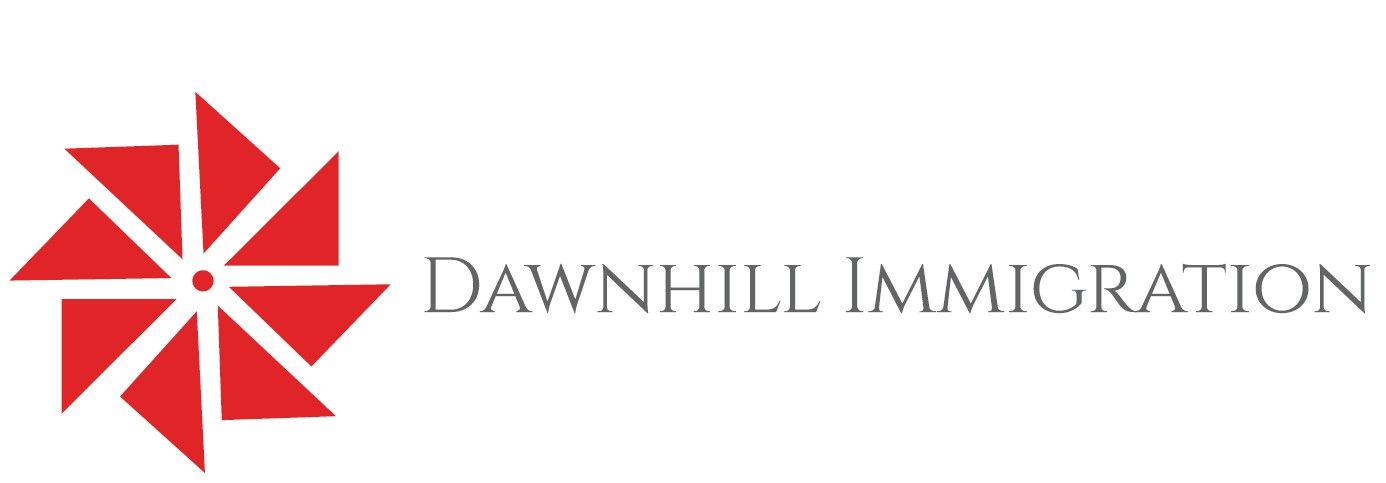Comparing Permanent Residency Options: Express Entry vs. Provincial Nominee Program
Understanding Express Entry and Provincial Nominee Program
Canada offers several pathways for skilled workers to gain permanent residency, with the Express Entry system and the Provincial Nominee Program (PNP) being two of the most popular options. Understanding the differences between these two pathways can help applicants choose the best route according to their individual circumstances and career goals.

What is Express Entry?
Express Entry is a points-based immigration system designed to select skilled workers for permanent residency. It operates through three main economic immigration programs: the Federal Skilled Worker Program, the Federal Skilled Trades Program, and the Canadian Experience Class. Applicants are assessed based on factors such as age, education, work experience, and language proficiency.
The Express Entry system is highly competitive. Applicants submit an online profile and are awarded a Comprehensive Ranking System (CRS) score. The highest-ranking candidates are invited to apply for permanent residency through regular draws conducted by Immigration, Refugees, and Citizenship Canada (IRCC).
Understanding the Provincial Nominee Program
The Provincial Nominee Program allows Canadian provinces and territories to nominate individuals for permanent residency based on their specific labor market needs. Each province has its own criteria and streams, targeting specific groups such as skilled workers, entrepreneurs, or international graduates.

Unlike the federal Express Entry system, PNPs provide more targeted opportunities for those who have ties to a particular province or have experience in a specific occupation in demand. A nomination from a province can also significantly increase an applicant's CRS score if they are applying through Express Entry.
Comparing Processing Times
One of the major differences between Express Entry and the PNP is the processing time. The Express Entry system is designed for quick processing, often taking as little as six months from submission of a complete application to final decision. This makes it an attractive option for those seeking a faster entry into Canada.
In contrast, the processing times for PNP can vary widely depending on the province and the stream under which an applicant applies. The initial provincial nomination can take several months to process before the federal application stage begins.
Eligibility Requirements
Both systems have distinct eligibility criteria. For Express Entry, candidates must meet minimum requirements for one of the three economic programs and must be eligible to enter the pool based on their CRS score. Language proficiency is also crucial, with higher scores enhancing chances of selection.

The PNP criteria differ by province and stream, allowing for more flexibility in eligibility. Some provinces focus on specific occupations or skills shortages, while others may prioritize candidates with job offers or family connections in the province. This allows candidates who may not score as highly in Express Entry to still find a pathway to permanent residency.
Which Option Is Right for You?
Deciding between Express Entry and the PNP depends on several factors including your CRS score, professional background, provincial ties, and career goals. If you have a high CRS score and meet federal criteria, Express Entry could be a quicker path. However, if you have specific provincial connections or your occupation is in high demand in a particular province, the PNP might offer a better chance of success.
Ultimately, both pathways require careful planning and understanding of each program's nuances. Consulting with an immigration expert or legal advisor can provide personalized guidance tailored to your unique situation.
